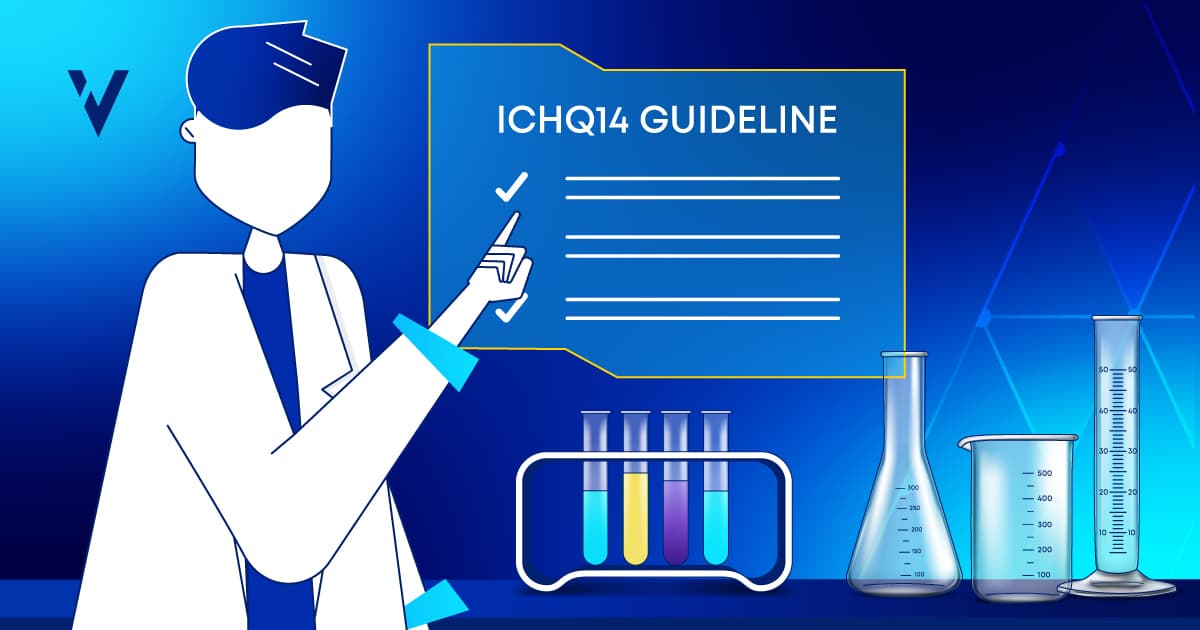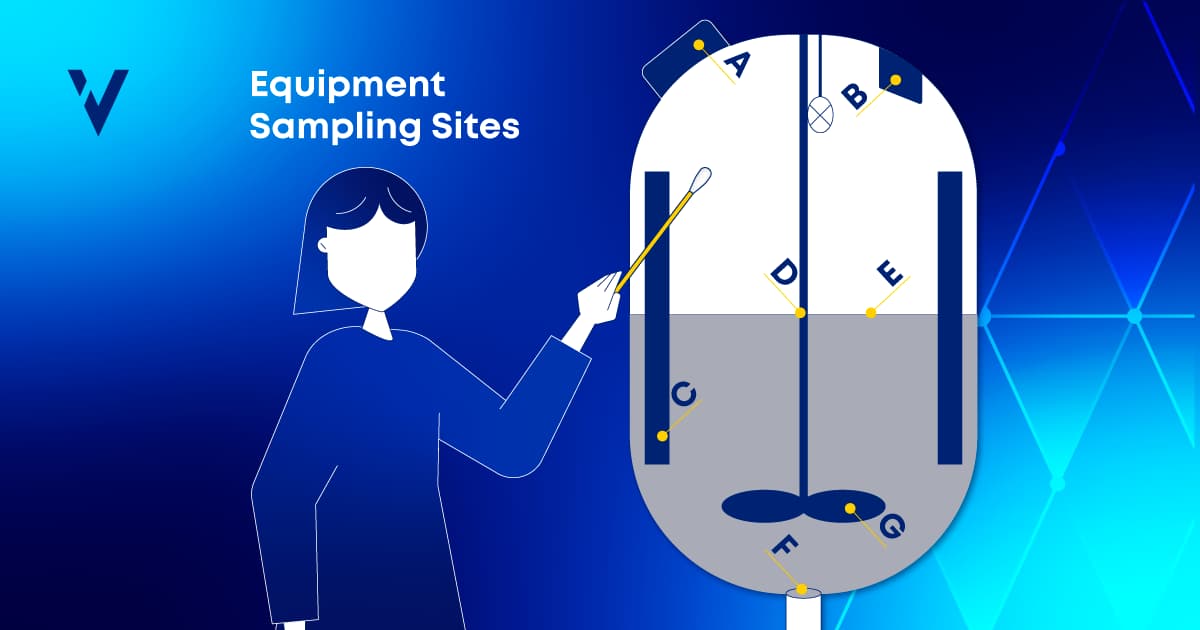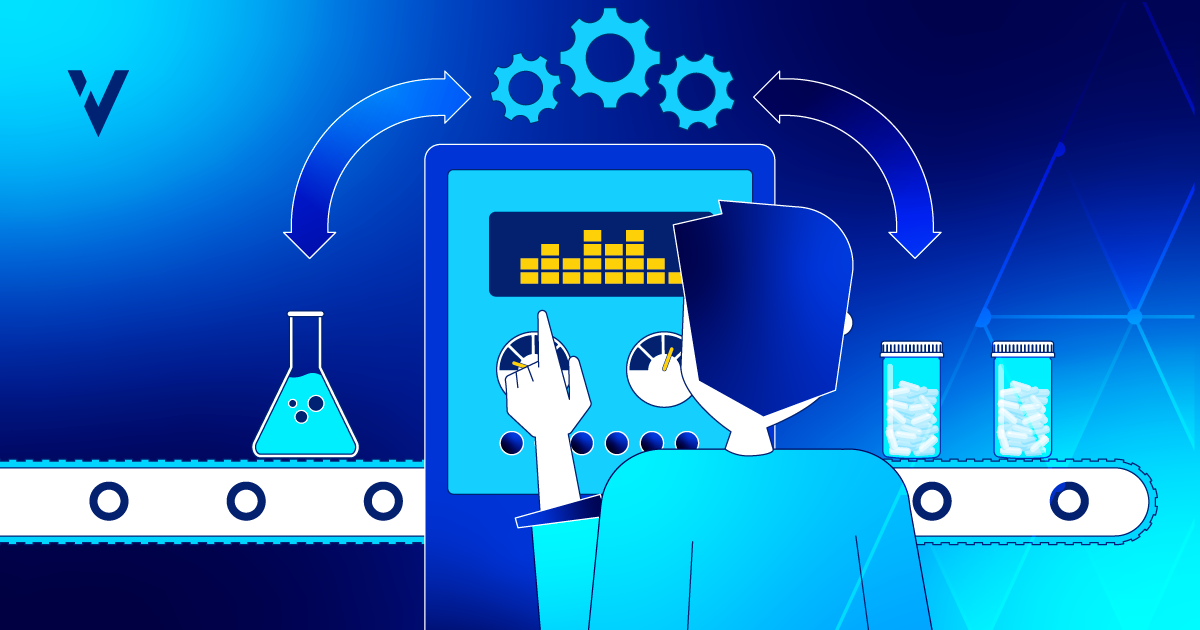As you probably already know, the ICH Q14 guideline proposes science and risk-based approaches for developing and maintaining analytical procedures. To ensure they perform as expected we must have an efficient control strategy.
If you want to know how to design an efficient and effective control strategy, keep on reading!
Why Should You Have a Control Strategy?
The goal of a control strategy is to make sure that a certain procedure happens as it is supposed to. It consists of a set of controls based on development data, risk assessment, robustness, and prior knowledge of analytical procedures.
Step 1 – Identify Product Quality Attributes
So, the first step to design a good control strategy is, guess what? To know what is needed to be kept in a state of control.
To do that, you must identify your product quality attributes in the first place and then define those that are critical attributes (CQAs). This identification should be based on a series of product risk assessments, conducted over the program/product lifecycle.
Once you establish the CQAs, you realize which of them should be measured through an analytical method. You figure that out by looking at Analytical Target Profile (ATP) and assessing the fitness of the said Analytical method.
This process of identifying CQAs can be done through a QbD approach as described in ICH Q8 or ICH Q11. If you already use this approach and you want to align it with ICHQ14 guideline, don’t miss our blog post about it.
Step 2 – Define Your ATP
Now that you have selected the CQAs to be controlled by analytical methods, let’s move on to the second step: defining the performance requirements of these analytical procedures.
The ICH Q14 suggests recording these measurements needs in an Analytical Target Profile (ATP) which is the basis for analytical procedure development. An ATP should include the intended prupose of the product, particular aspects of attributes to be measured and respective performance requirements. These last ones can relate to a single attribute or a set of quality attributes.
Risk assessments can help you define your ATP requirements and to select the appropriate technology. That’s actually the next step!
Step 3 – Select the Right Technology and Validate Your Method
After your ATP definition, the selection of the right technology is much easier. This is important as you must choose a technology that is appropriate and meets your performance criteria.
Once you develop the methods, you need to validate that they are performing as expected. According to ICHQ14 guideline, the control strategy definition should occur before validation and confirmed after its completion.
Validity of the results depends on the outcome of the System Suitability Test (SST). The designing of the STT should verify selected analytical procedure attributes based on your performance requirements. Remember to develop it using risk assessment as well as knowledge and understanding from development data.
Pay special attention to establishing the SST parameters and criteria. They will have an important role in risk mitigation.
Develop a Control Strategy Easily With Digital QRM
Implementing a digital QRM can help you define an efficient and effective control strategy.
It optimizes the risk management over the lifecycle of the method and helps you determine the required control strategies.
In this case, it translates into easiest designing of ATP and selection of the appropriate technology and support on the development of SST components.
Interested in implementing ICH Q14?
ValGenesis has a lot of experience with QRM and a risk management platform that can help you in ICH Q14 guideline enhanced approach implementation. Don’t hesitate in reaching out if you’d like to discuss how we can support you.



